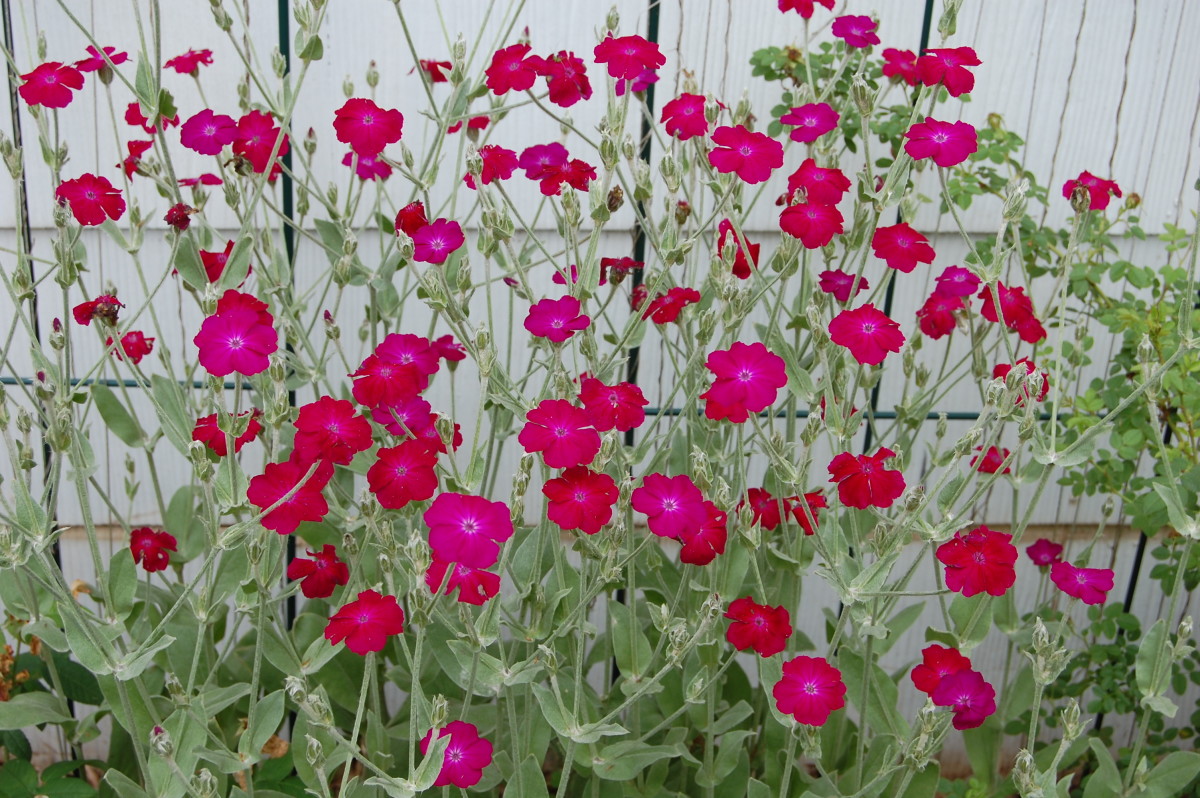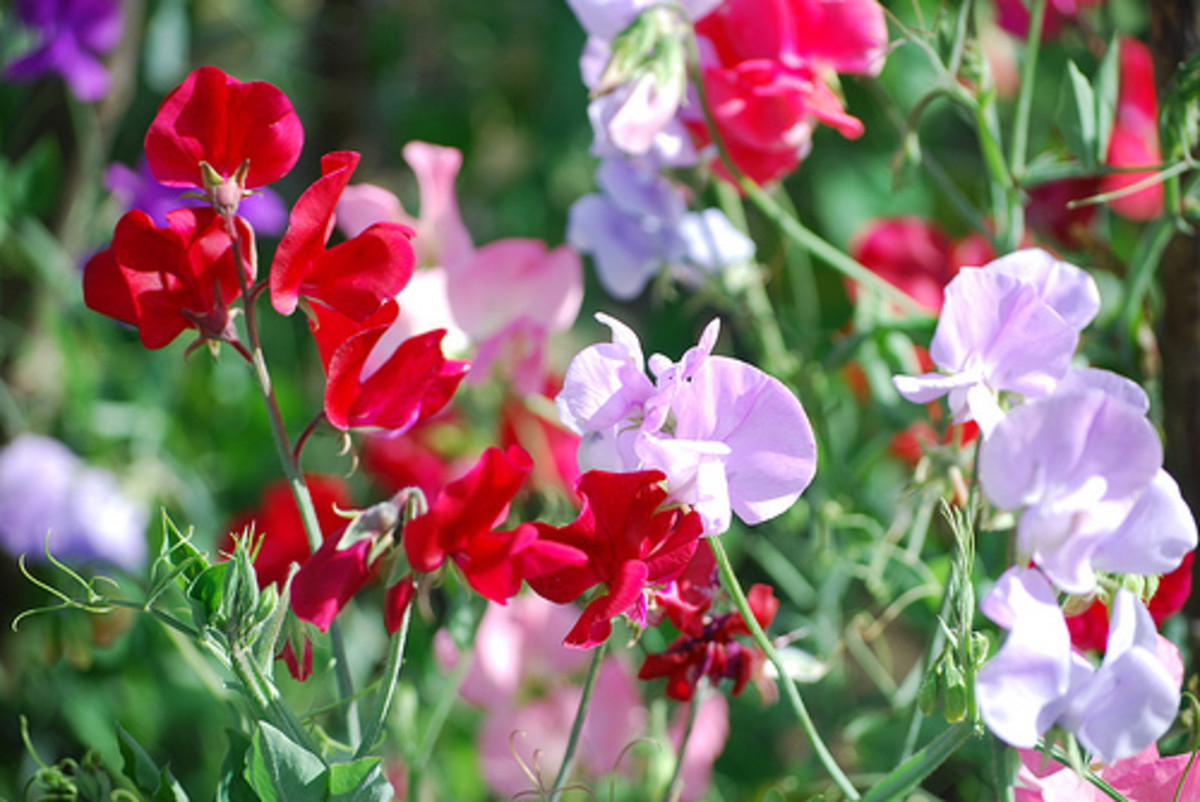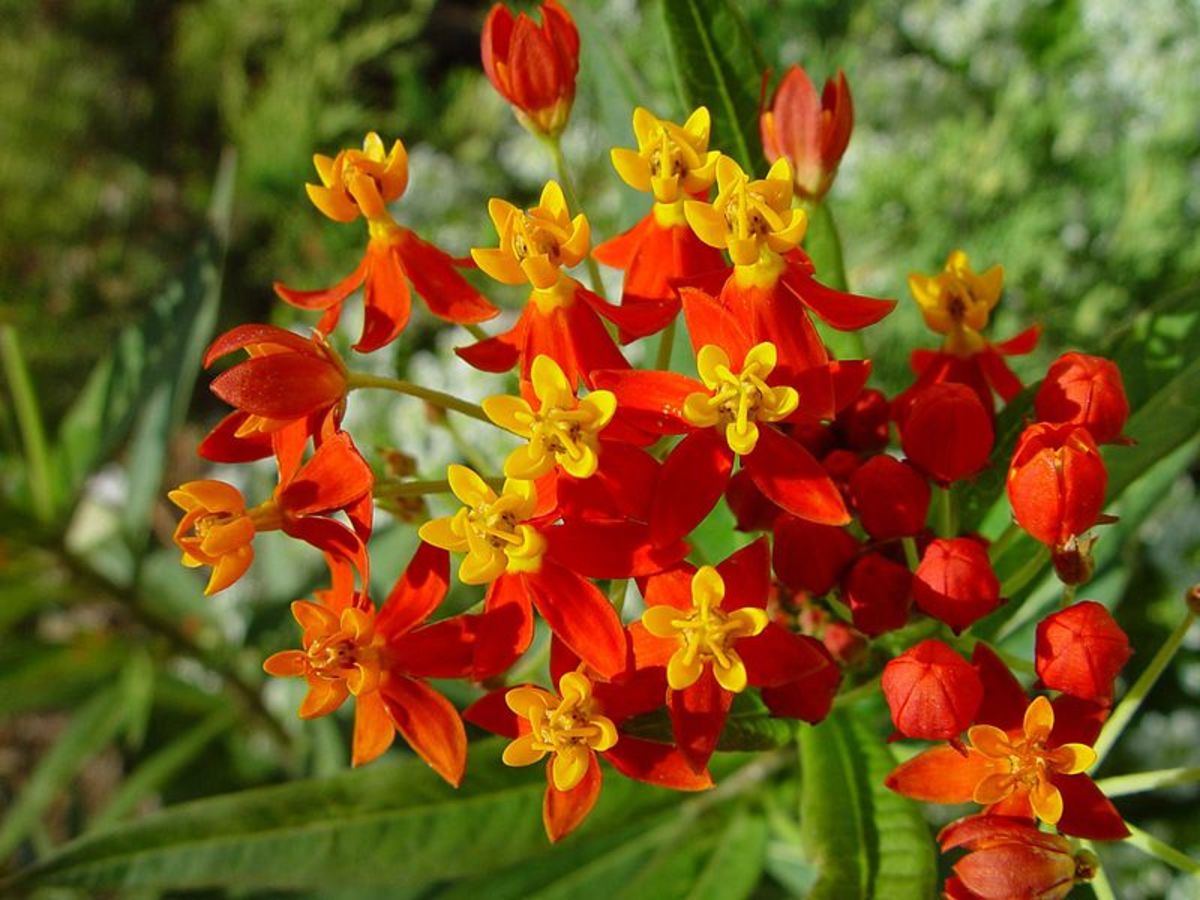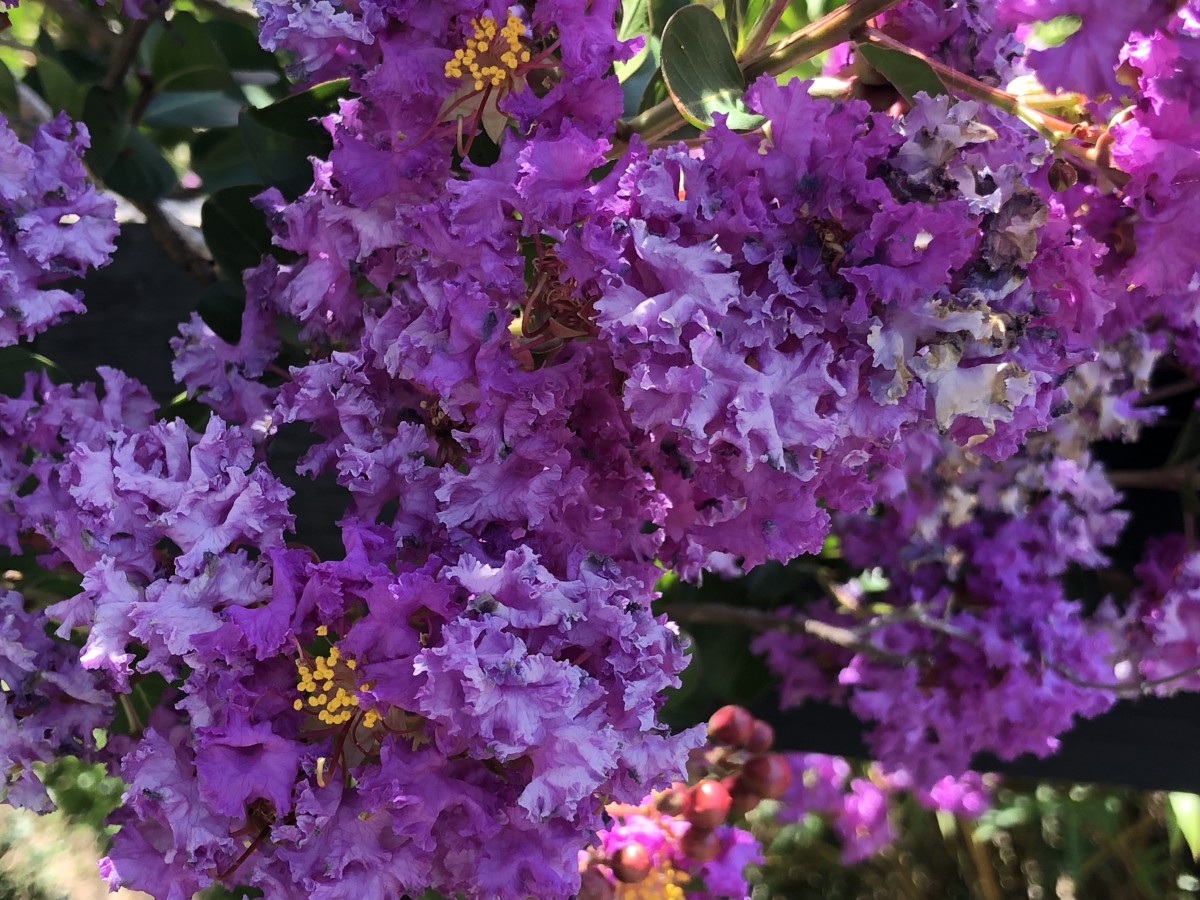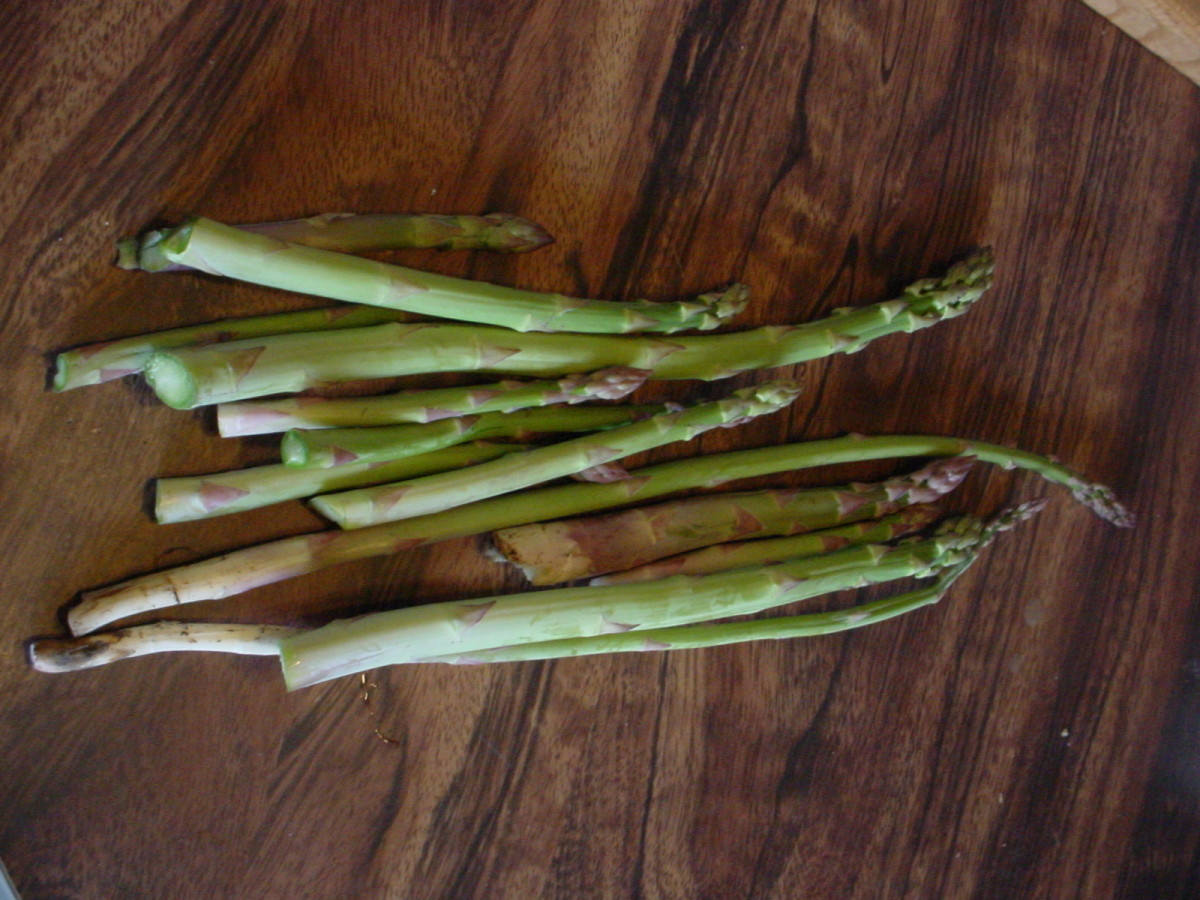Growing Sweet Peas
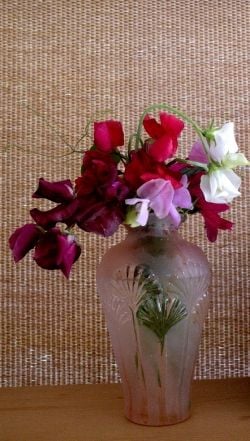
How to Grow Sweet Peas: A Cottage Garden Classic
Do you grow sweet peas? These beautiful, fragrant flowers—
Lathyrus odoratus—are beloved for their delicate blooms and old-fashioned charm. In the language of flowers, sweet peas symbolize blissful pleasure, sweet goodbyes, and gratitude.
Highly fragrant and heat-tolerant, sweet peas are a classic choice for cottage gardens. Their honey-orange blossom scent and wide range of colors make them a must-have for trellises, fences, or hanging baskets.
For the best blooms, plant sweet pea seeds early, traditionally on St. Patrick’s Day. With a little planning, you'll enjoy their timeless beauty and unforgettable fragrance all summer long.
Fun Tips for Growing Sweet Peas (And Why You’ll Want to Plant More!)
Sweet peas bring color, fragrance, and old-fashioned charm to any garden. Here’s how to grow them—and why you’ll want more than just one packet!
Mark the calendar for March 17th, St. Patrick's Day for planting your sweet pea seeds but also mark the calendar for March 16th for soaking your sweet pea seeds. Sweet peas have a hard outer layer so soaking the sweet pea seeds the night before planting will help ensure that the seeds will grow.
Sweet Pea Secret: Always Plant More Than You Think!
One packet of seeds never feels like enough when the blooms start rolling in! Mix colors, layer scents, and fill every corner of your garden—and your vases—with these fragrant little treasures. Trust us: you’ll wish you planted double!
What do I need?
Sweet pea seeds*
Soil
Water
Sunny spot
Trellis, fencing or supports
Inoculant (optional)
*see my favorite sweet pea seeds
Where to buy sweet pea seeds
Because I look for (Lathyrus Odoratus) that are highly fragrant I specifically choose seeds that say heirloom or high scent. I also like the bouquet blend because I want to bring the fragrance into my house. If you want flowers that are very fragrant, more heat resistant with bigger flowers and "longer heavier stems"; look for varieties with names like Perfume Delight, High Scent, Heirloom or Bouquet Blend.
Because these flowers are annuals you do need to plant the seeds every year, although sometimes a hardier plant will reseed.
When they bloom pick the flowers! The more you pick the delicate flowers the more blooms you will have to keep or share.
How to Grow Sweet Peas for a Fragrant Summer Garden
Sweet peas have an unforgettable scent—light, sweet, and touched with hints of orange blossom and honey. Their old-fashioned charm is just as appealing to bees and butterflies as it is to gardeners.
To grow sweet peas successfully, prepare your garden soil, pots, or hanging baskets early. They prefer neutral soil and a sunny spot with support like a fence or trellis to climb.
When seed catalogs arrive in late fall, plan ahead by choosing varieties labeled “old-fashioned,” “highly fragrant,” or “highly scented.” These are closer to the original Italian wildflowers and offer the strongest fragrance. Try a few types and colors—deep reds and purples make bold garden statements.
Follow the seed packet instructions—many recommend soaking the seeds before planting. Some growers also use inoculants for a bigger bloom, but it's optional.
Sweet peas are annuals, so you'll need to replant each year, but the payoff is worth it. Expect your first buds about 12 weeks after planting—perfect for filling your vases with fragrant blooms all summer long.
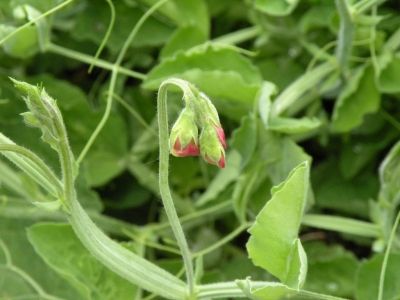
Will Sweet Peas Grow in Acidic Soil?
 Soil Testing Kit
Soil Testing Kit
Test your soil using a simple soil testing kit! Or I have had a lot of success with a soil PH Meter.
Perennial Sweet Pea will grow in all types of soil. But if you are looking to grow from seed, according to master gardeners:
The soil prefers the following PH / acid levels :
- pH of less than 6, Acidic soils
- pH between 6 and 8, Neutral soils
- pH greater than 8, Basic soils
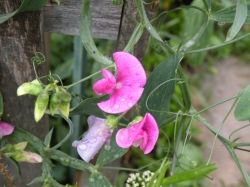
Why Sweet Peas Are Perfect for a Cottage Garden
Few flowers capture the charm of a cottage garden quite like sweet peas. With their delicate, ruffled blooms and sweet, honey-orange fragrance, sweet peas (Lathyrus odoratus) bring color, scent, and an old-fashioned beauty that perfectly matches a traditional cottage garden's romantic, informal style.
Sweet peas are beloved for their ability to climb trellises, fences, and arches, weaving themselves into the landscape and adding vertical interest. Their wide range of colors—soft pastels, deep purples, rich reds, and creamy whites—blends beautifully with other cottage garden favorites like roses, foxgloves, and lavender.
One of the biggest reasons gardeners love sweet peas is their incredible scent. Choosing old-fashioned or highly scented varieties guarantees every breeze will carry their unmistakable, nostalgic perfume across the garden. Their fragrance attracts bees, butterflies, and other pollinators, adding life and movement to your outdoor space.
Sweet peas are relatively easy to grow, thriving in well-prepared, neutral soil and full sun. They reward early planting with months of blooms, especially if you pick flowers regularly to encourage even more growth. Sweet peas are a perfect fit in a cottage garden, where abundance and continuous color are key.
Another reason sweet peas belong in every cottage garden is their timeless symbolism. In the language of flowers, sweet peas represent blissful pleasure and heartfelt goodbyes, adding a layer of meaning to their natural beauty.
Sweet peas are a must-have whether climbing a weathered fence, cascading from a hanging basket, or filling a simple glass vase indoors. Their easygoing nature, heavenly fragrance, and vivid colors make them the perfect choice for gardeners looking to create a welcoming, storybook garden that feels timeless and full of life.
This content is accurate and true to the best of the author’s knowledge and is not meant to substitute for formal and individualized advice from a qualified professional.
© 2011 Patricia Biro


